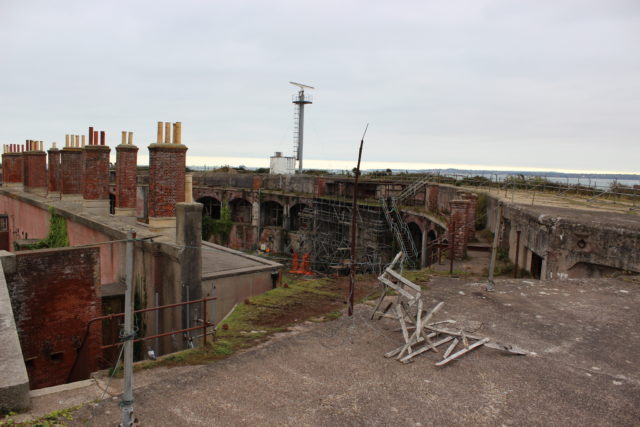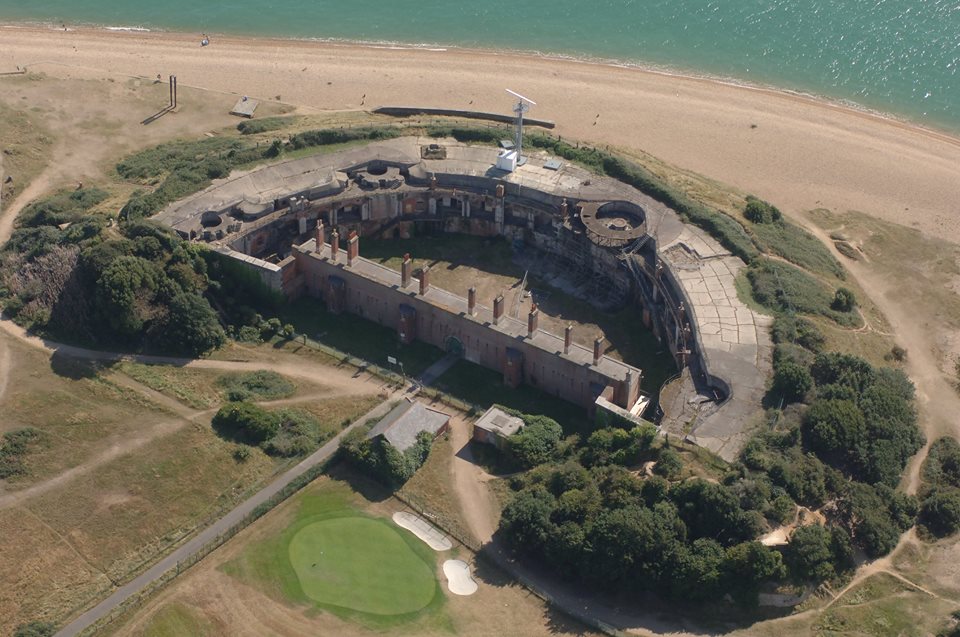Fort Gilkicker, on the eastern part of Stokes Bay, Hampshire, in the UK, is a historic semicircular fort that was built to protect the coastline around Portsmouth. It was designed to defend a deep-sea anchorage as well as the western approach to the harbor of Portsmouth.
The current fort was built on top of an earlier military site: an auxiliary battery for Fort Monckton that consisted of an earthen rampart upon which stood 11 guns. However, concerns were raised that the battery might collapse due to the weight of the guns and could be easily overrun by the enemy.
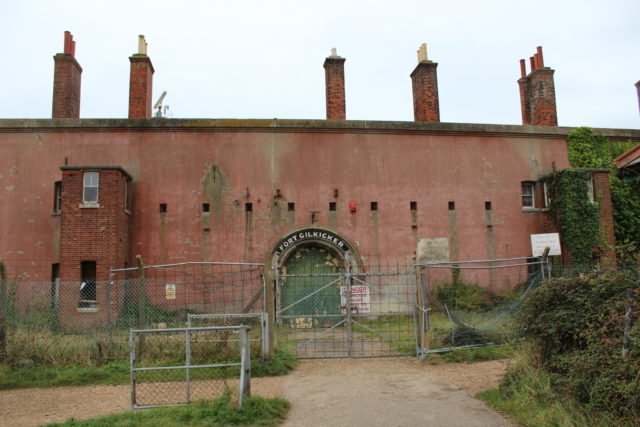
As a result, construction on Fort Gilkicker began in 1863 and was completed in 1869. In 1871, the design was tweaked slightly so that Fort Gilkicker ended up being built in the shape of a semicircular arc with 22 guns in casemates and five heavy guns located on the roof.
It was estimated in 1869 that the fort would cost over £60,000 to complete, but the final construction costs amounted to only £58,766.
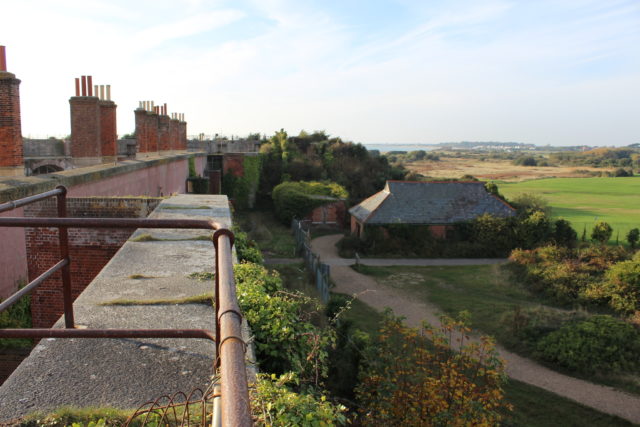
The guns were housed in vaulted brick chambers with a granite face that was 14 feet thick to protect them from enemy fire. Behind these casements were barrack rooms for the gun crews, each with a bed and a fireplace. The individual barrack rooms were connected by a verandah, and steps led up to the five guns at the top.
Ammunition was stored below the casemates and transported to the guns by means of a lift.
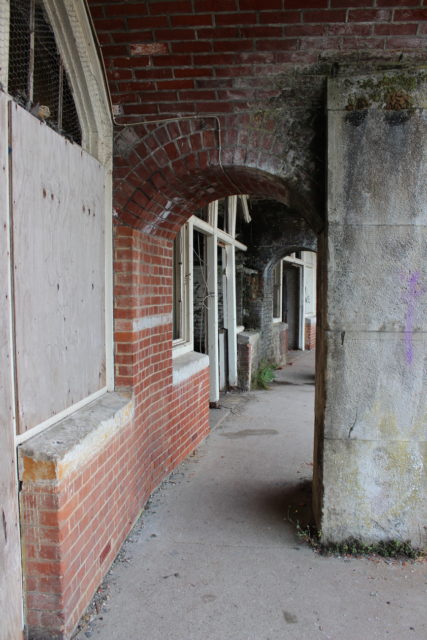
The officers’ barracks was a two-story building at the rear of the fort. Each block included bedrooms, the officers’ mess with kitchen and pantry, and quarters for field officers and servants. On the western side of the fort was a laboratory for loading shells and ammunition, and outside the fort was an artillery store and a blacksmith’s shop.
In 1898, talk began about modifying Fort Gilkicker, and by 1906, new coastal defense guns were installed. To house these guns, it was necessary for reconstruction work to take place on the magazines, gun emplacements, and the individual barracks.
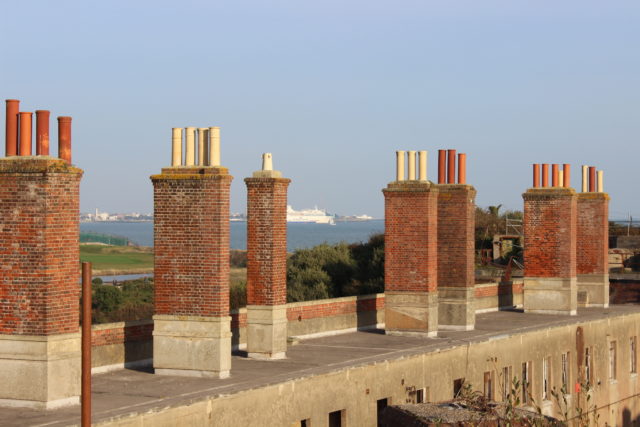
An earthen bank was also built to cover the exterior wall in an effort to provide further protection for the ammunition stores and also to provide additional camouflage. The cost of such work amounted to about £20,000.
By 1907, some of the guns had been removed as they were deemed superfluous. The barrack blocks were also converted into married quarters for Royal Engineers stationed at Monckton. In 1916, an anti-aircraft gun was fitted to Fort Gilkicker to protect the skies during World War I.
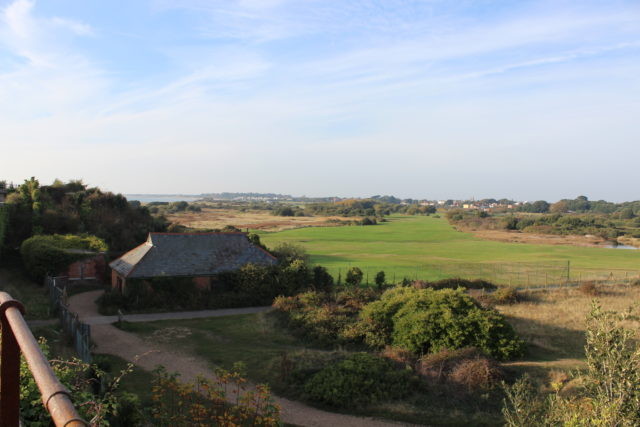
During World War II, the fort was briefly used as a signal station, but after the war, it fell into disuse again. Eventually, the fort was released from the military in 1956, and instead, the building was used as a plumbers workshop by the Ministry of Public Buildings and Works.
Hampshire County Council bought the fort in 1986 and used it to store building materials. However, in 1995, the possibility of converting the fort into modern housing was discussed, and so the fort was emptied in preparation for this.
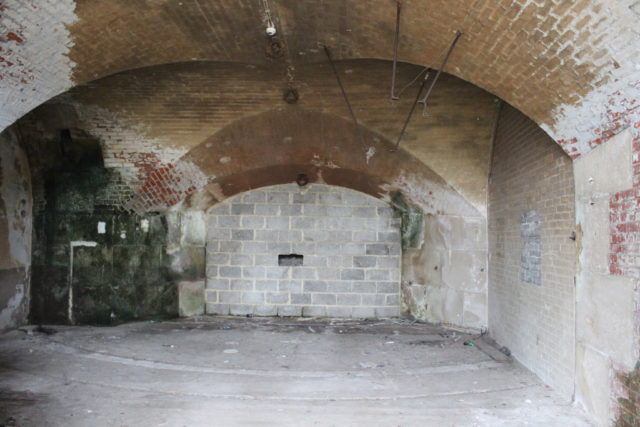
Currently, the former fort is considered a unique example of Victorian engineering. It has been listed as a Class II building because the building is considered significant in the history of coastal defense in the United Kingdom.
In 2012, Askett Hawk developers were in the process of restoring and restructuring the building to turn it into apartments. However, urban explorers were still accessing it in 2015, since plans were not progressing. In late 2016, planning permission was extended for another three years and also adapted to include 22 townhouses and four luxury flats.
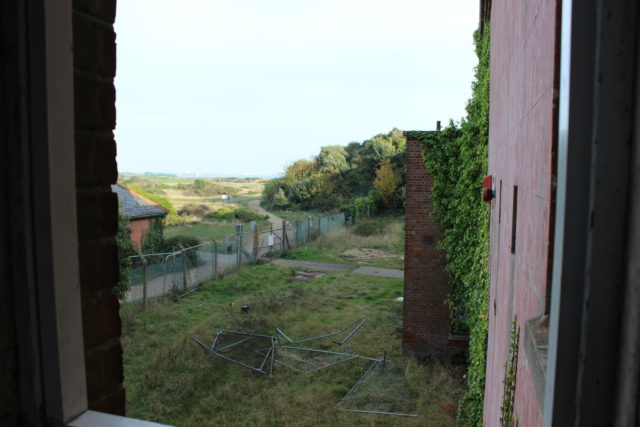
Unfortunately, these changes never materialized, allegedly due to difficulties in negotiating with Historic England. The fort was put up for sale again in November 2019 with an asking price of £5.5 million. The planning permission is still in place, but it seems buyers are put off by the cost of renovation, which could be as much as £18 million.
A huge thank you to Pete Ridley who gave us permission to share his photos of the fort. He lives on the south coast of England, not far from Portsmouth. Pete has a passion for travel, especially to places of 20th-century historical significance. You should visit his Flickr account via this link, where you will find more of his photography.
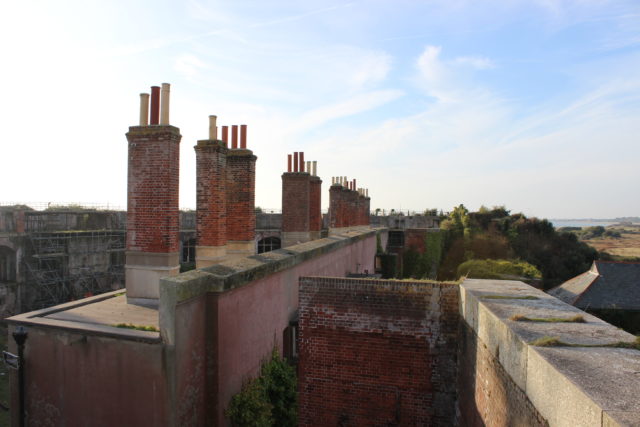
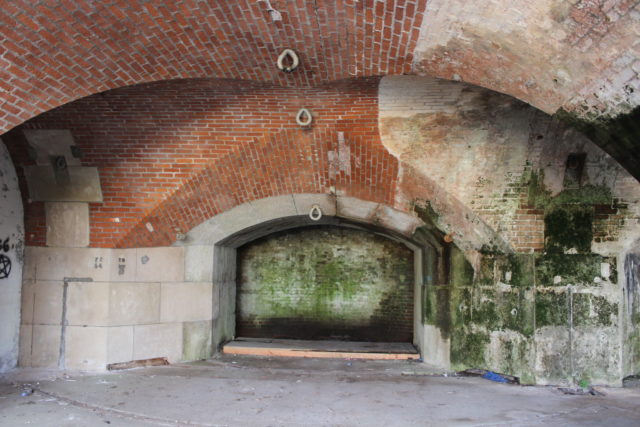
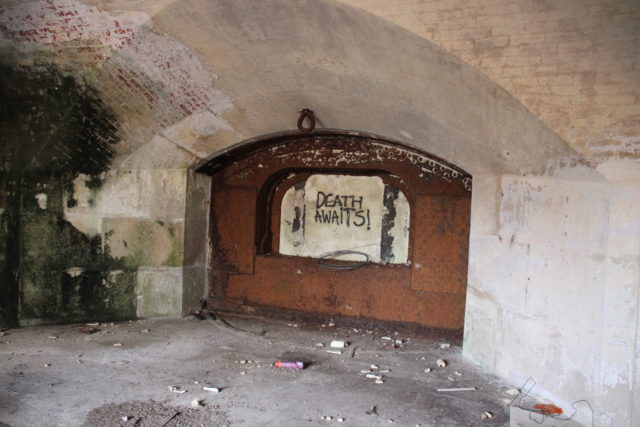
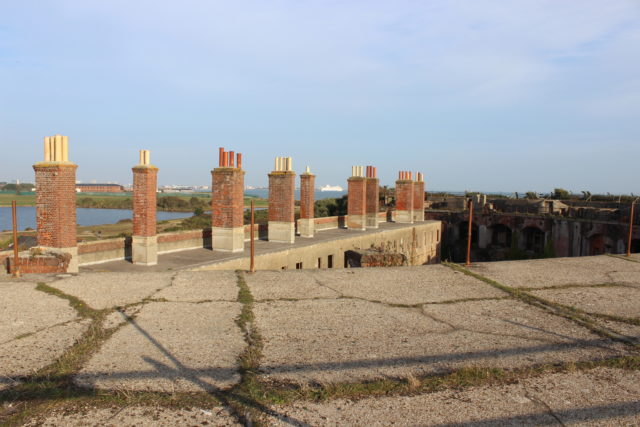
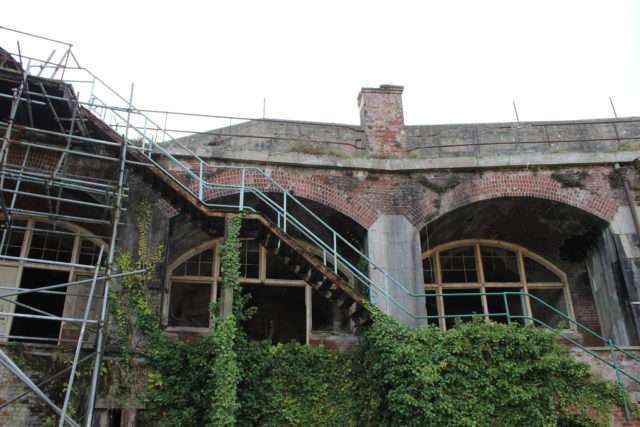
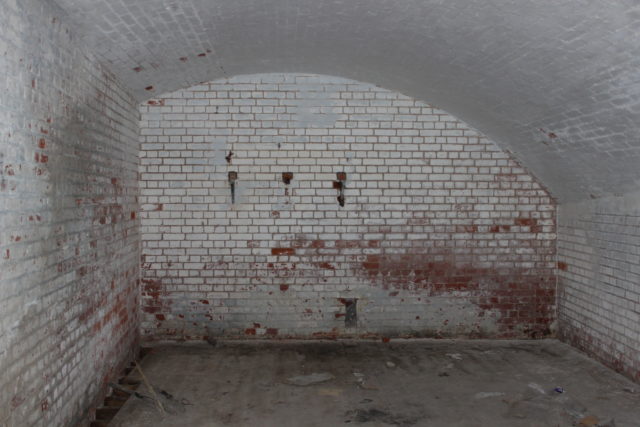
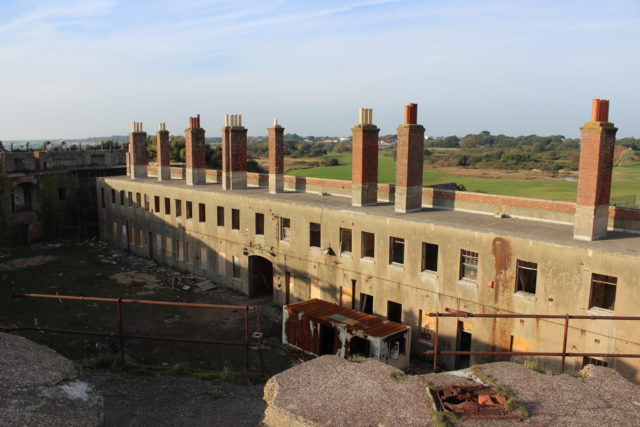
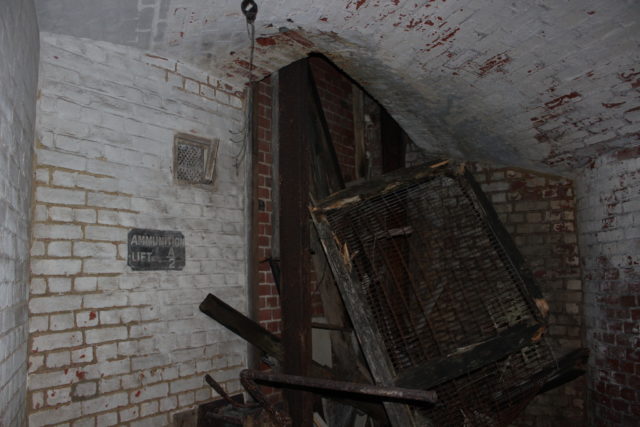
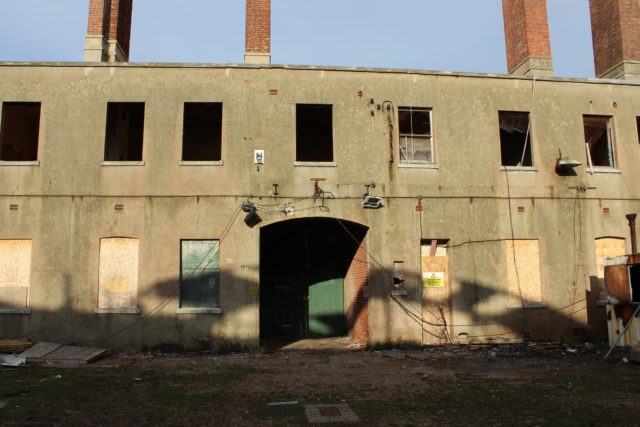
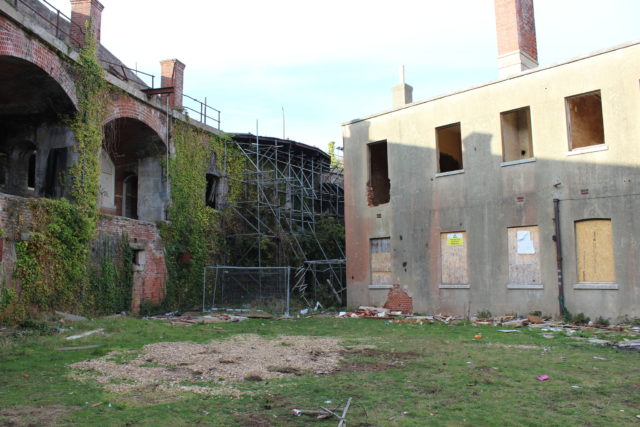
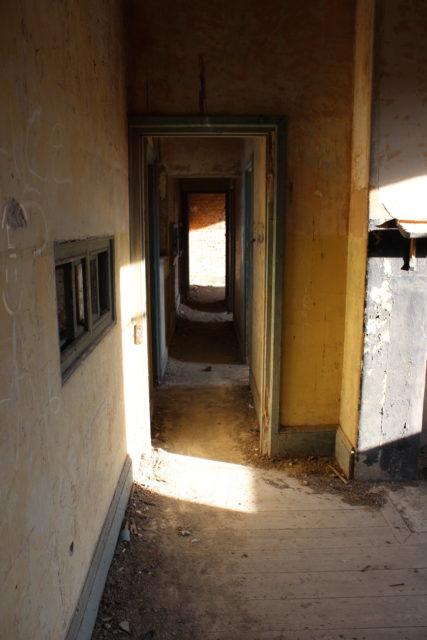
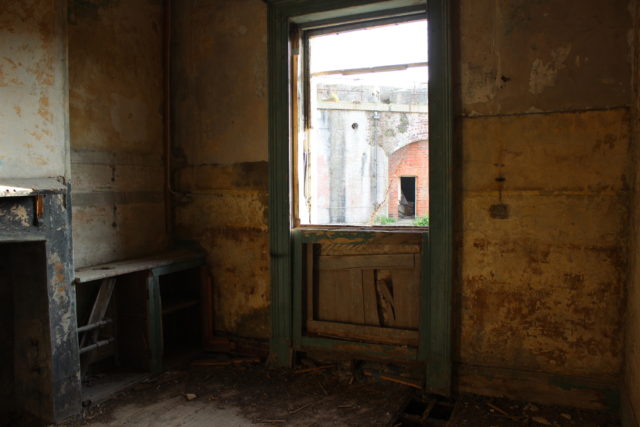
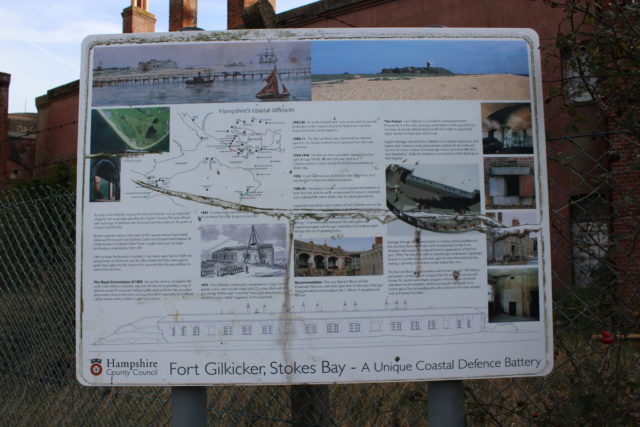
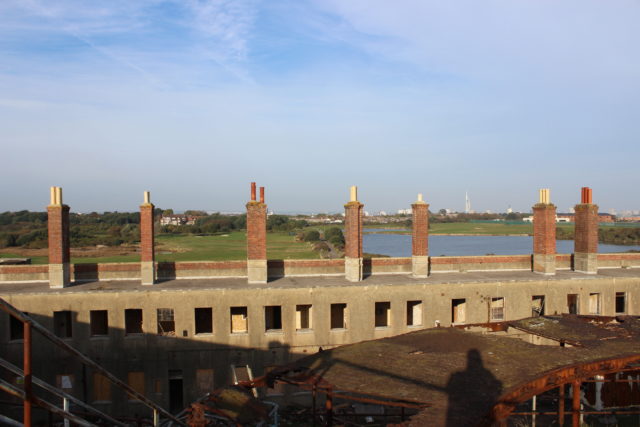
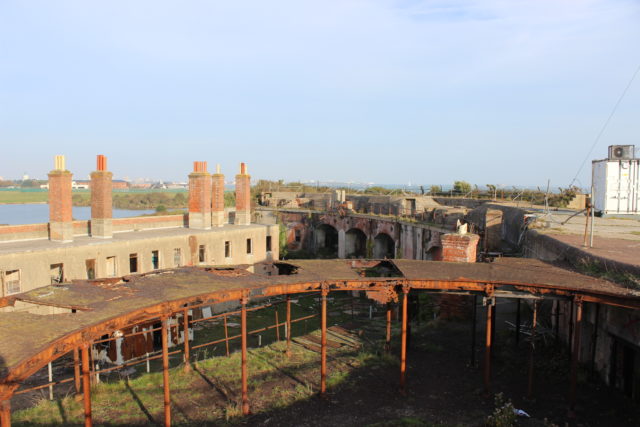
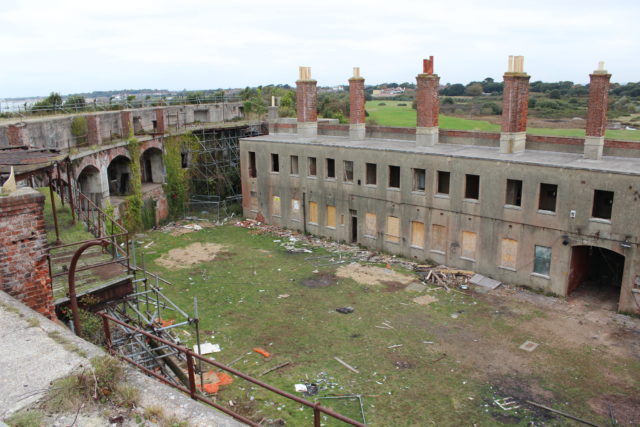
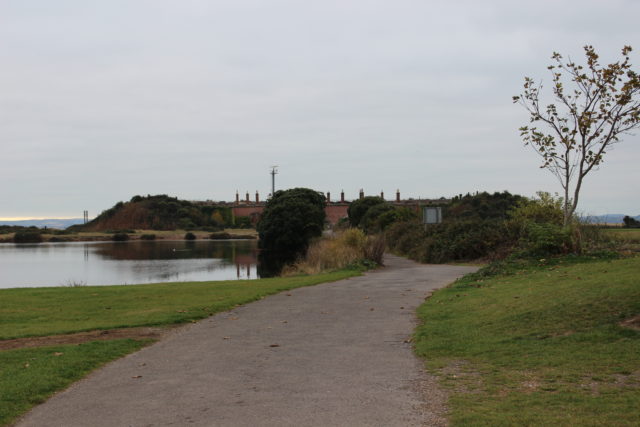
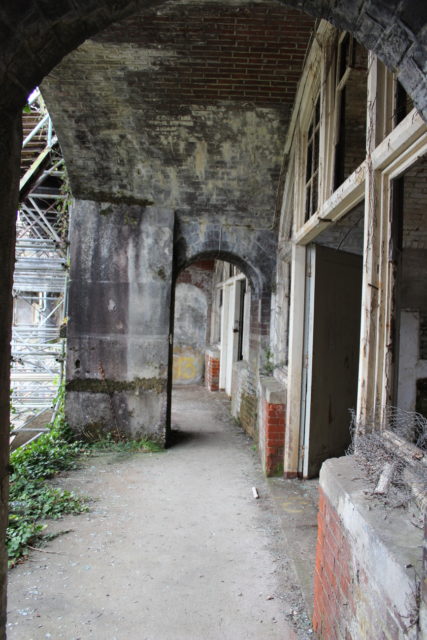
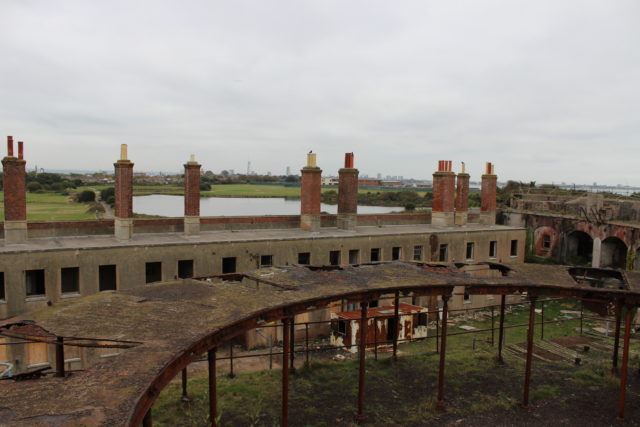
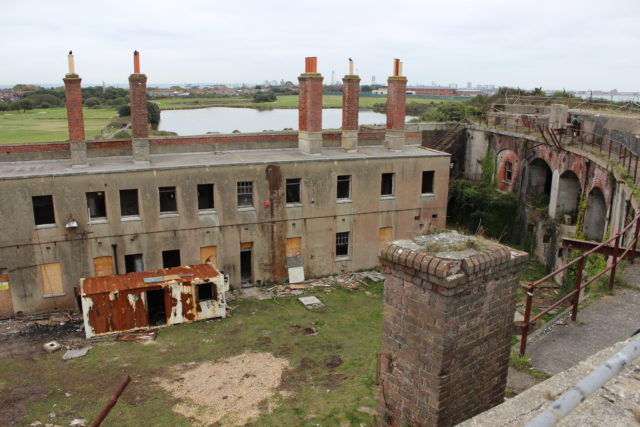
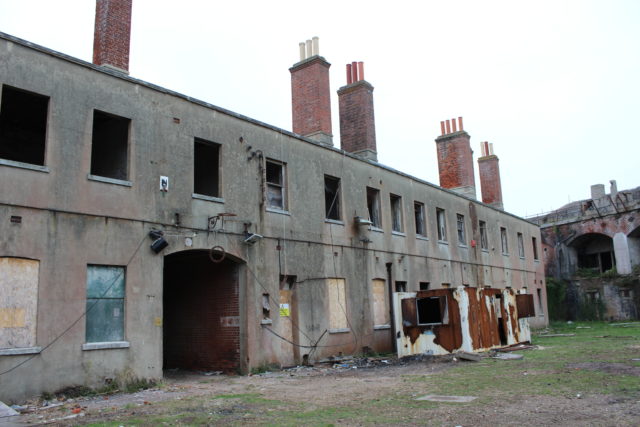
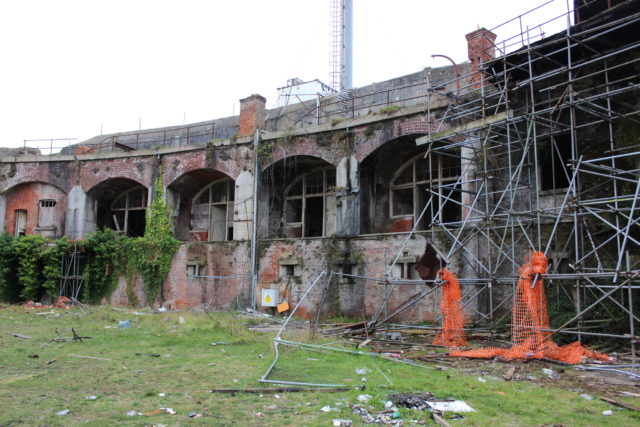
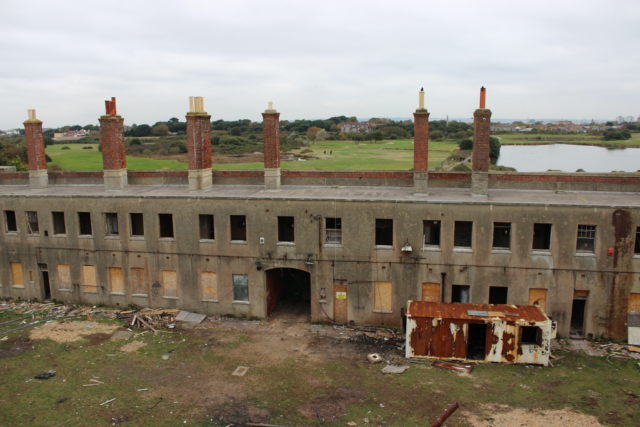
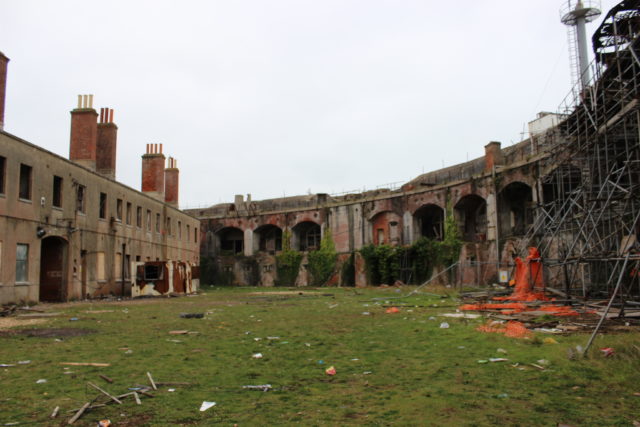
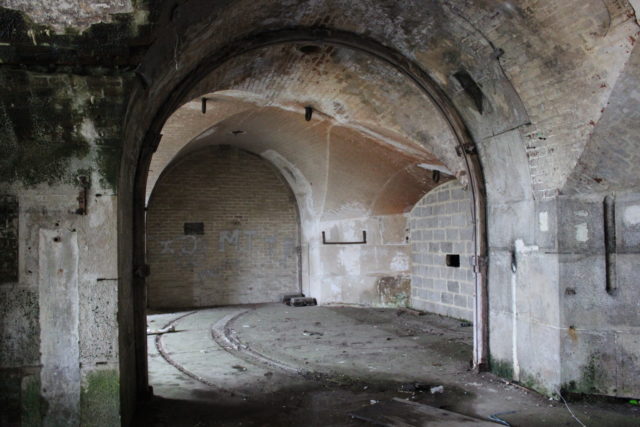
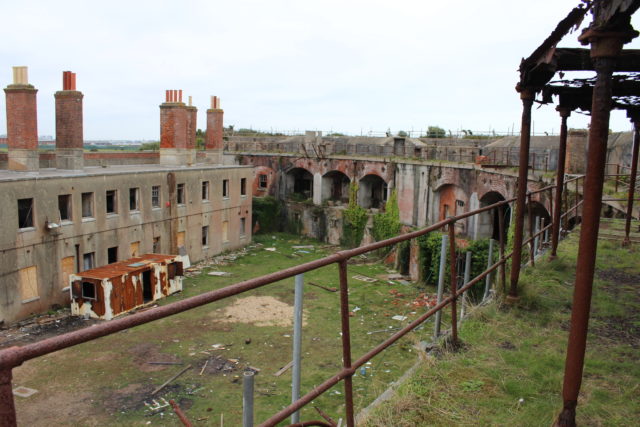
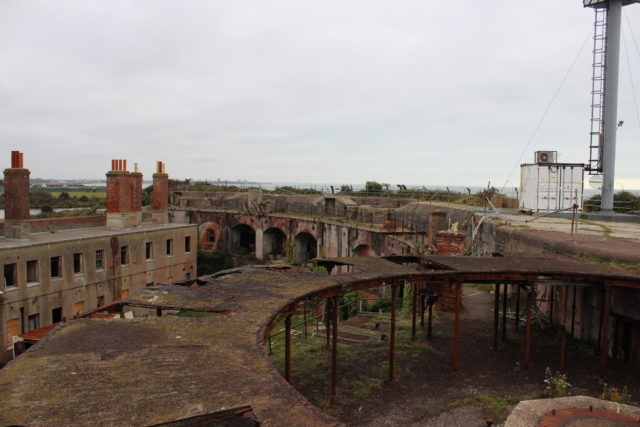
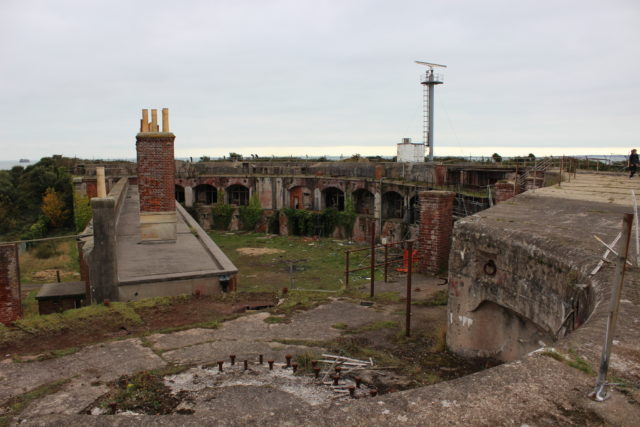
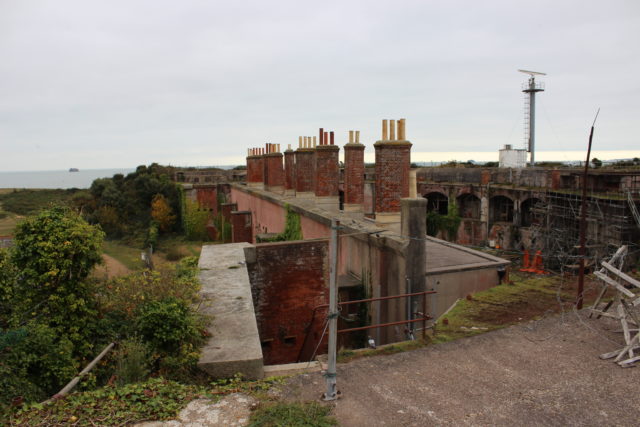
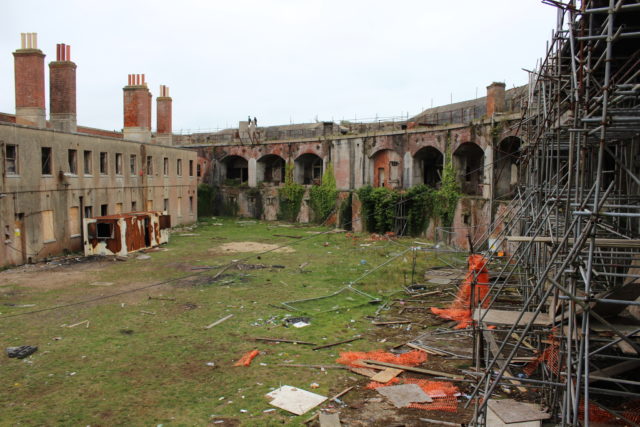
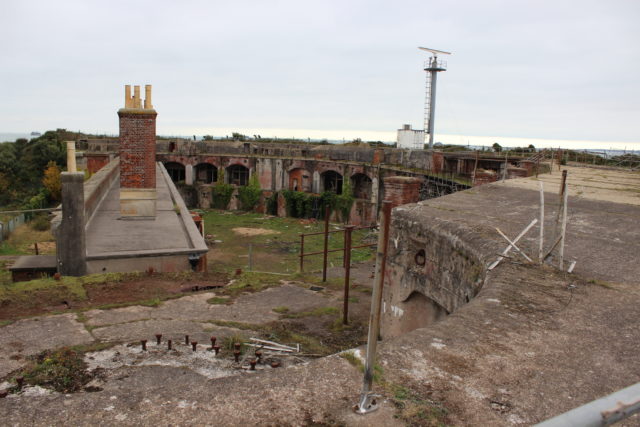
Another article from us: Abandoned, the Largest Airbase in Europe
